Equipment safety in the African bush
As I set off two months ago for this sound recording & learning-about-African-nature-and-wildlife endeavour, I had essentially no idea how to tackle the problem of protecting my equipment from the environment here. Since then, I’ve amassed close to 600GB of sound recordings and learnt a few tricks regarding the safekeeping of my stuff while its left outdoors for sessions as long as 24 to 30 hours. The bottom line conclusion of keeping your gear from being torn to pieces by big & curious African wildlife: it’s not easy, but it’s certainly possible, especially if you’re lucky enough to get some help from people who know better than you.
To recap briefly, the reason why I set off to Zimbabwe for two months was to follow a FGASA course, which was going to train me at lightning speed how to be a safari guide. That course is now done and dusted, I’ve passed, and I can conduct a guided safari/field experience from a vehicle now. But the point here is that as soon as I mentioned my sound recording plans to the course instructor, he immediately and strongly discouraged me to leave my equipment out there in the naive way that I had imagined it was going to work.
My brilliantly thought out plan was: I’ve got a bunch of long and strong cable ties, I will just tie my mics to a tree and job’s a gooden. His immediate answer to that was that baboons will come and check this strange shiny new thing out, and absolutely destroy it within minutes. And if the baboons won’t get to it, then the elephants might. And if not the elephants, then count on the hyenas to run off with your expensive toys. Want to set up and record by the water? A hippo will come and shit all over your mic before it crushes it to bits. So his suggestion was to use a cage, and a strong one at that – a cage to trap leopards with would do the job nicely, and it just so happened that this reserve here owned one of those.
Behold, the leopard cage
Now, while using a big strong cage is a pretty solid way of ensuring that it’s unlikely that your precious recording gear will be violated, the one problem it does pose is that it is a very heavy cage indeed. This one was designed to hold a leopard in check, after all. And so the new problem you have now is that you are going to have to be quite an annoying person to other people, because from now on you will require a pick up truck and two people to help you drag the bloody thing to your chosen site of recording.
I proved to be very fortunate as I have throughout my stay here received a tremendous amount of help from the people who work here at Nakavango, and also from various volunteers and fellow students who were kind enough to assist me with moving this piece of metal around to various sites within the reserve. I’ve bribed some of them with beer, and all of them are receiving a very large selection of hopefully enjoyable wildlife recordings from me, but I count myself lucky with the people here.
Here’s a few pictures of the various locations the gear was set upGreat. What if I can’t lug a cage around?
This question is relevant to my interests, because come next week I’m setting off on a two months road trip through various countries of southern Africa, camping in unfenced areas where wildlife roam free, hoping to make more sound recordings. I will certainly not be dragging this cage with me, so what now? While I am going to have to figure it out as we go, I have picked up a few ideas from people as to what might help against certain likely problem animals.
Baboons are terrified of snakes. So much so that they can, allegedly, temporarily be tricked by the rubber toy variant. I have in fact been looking for rubber snakes during the two or three brief resupply visits I’ve made into town whilst here, but so far no luck. So I will be visiting toy stores as and when I can while on the road, looking for my rubber snake to dangle around the mics in hopes of deterring baboons to get too close.
Elephants: dried crushed chilies
It is a pretty widely known fact that elephants, for reasons not quite understood, have a real distaste for the presence of crushed chilies. Farmers use this trick to try and keep elephants away from their crops. And while some elephants have by now developed a resistance to this and will happily come and barge into farmland protected this way, it is still a trick that is supposedly quite successful. Some farmers have now resorted to playing the sounds of buzzing bees near the edges of their land, as bees are another likely deterrent for elephants. Having live bees is of course going to be even better. But regardless of how successful the bee approach might be, playing the recordings of bees while trying to record something else isn’t quite going to cut it, so I will try my luck with sprinkling dried and crushed chilies around the kit.
Hyenas: thorn bushes
Building a natural fence of thorn bushes around the microphones is supposed to be a good way to keep hyenas at a distance. It might perhaps help with baboons as well, though it will in both cases depend on how thick a layer of bush you pack, and so it might prove to be somewhat of a hassle to do every night.
General: portable electric fence
It is unlikely that I will try this particular idea out in the next couple of months, but it’s certainly food for thought for another trip to this continent. It was pointed out to me that you can buy electric fences that are small and light enough to be portable, often used by cattle farmers as temporary fencing to keep their livestock within an area. While I haven’t done a lot of research into the possible products that would work for me, it is supposed to be made of light and thin wire and allegedly powered by a silent battery.

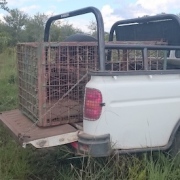
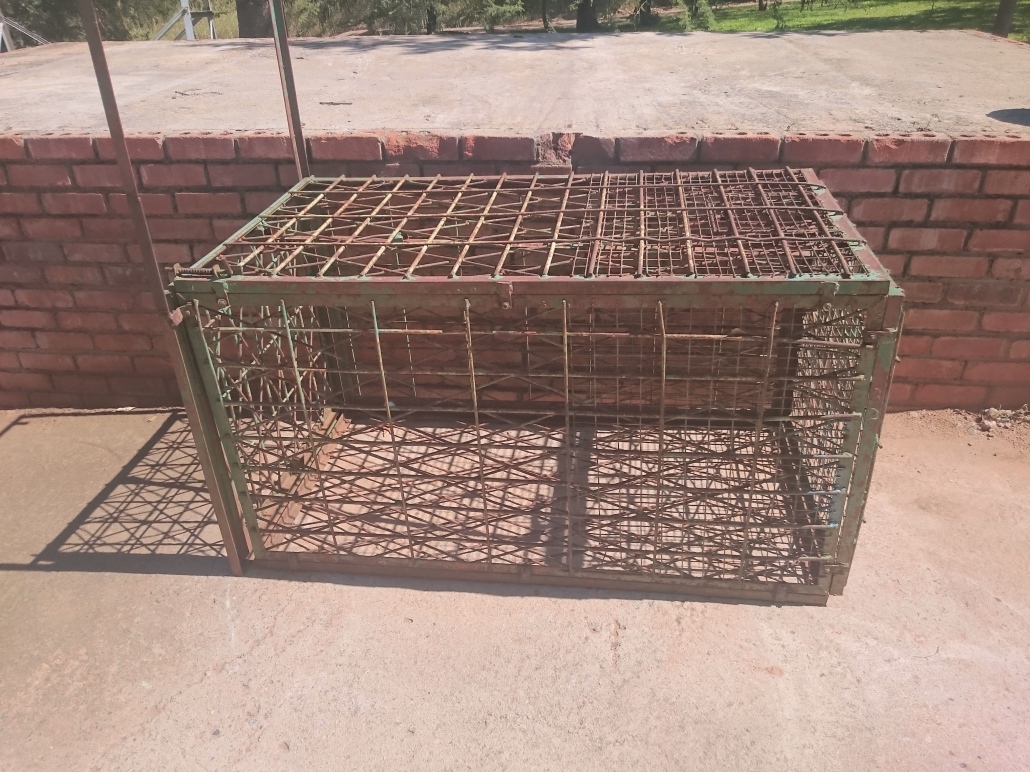


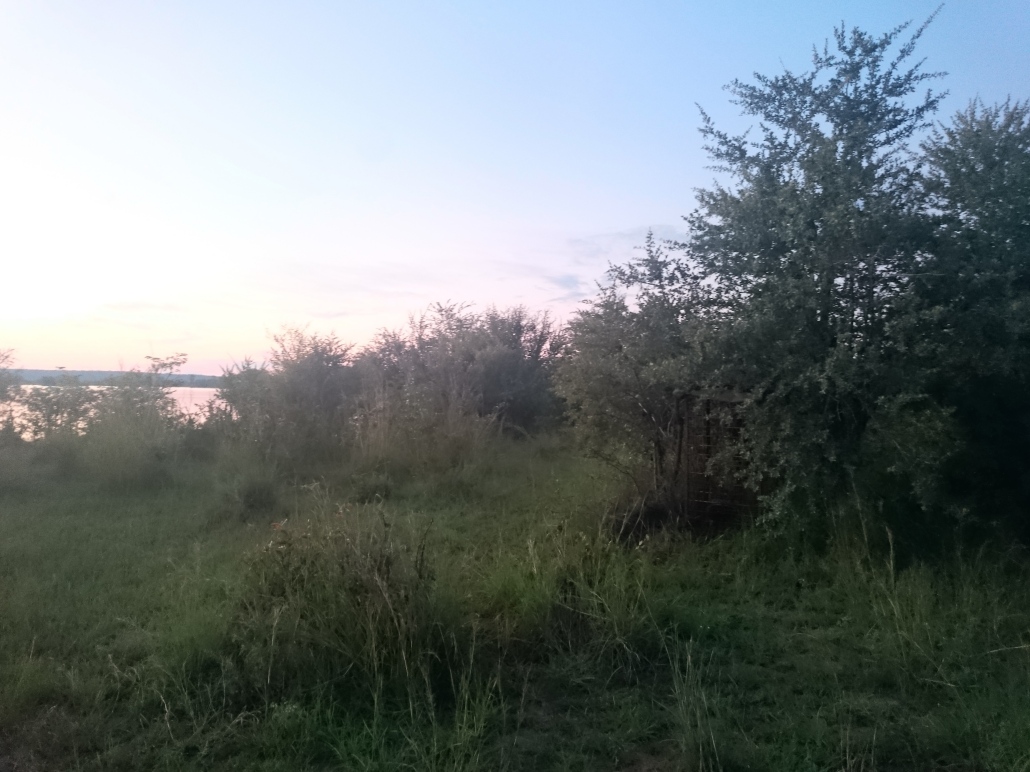
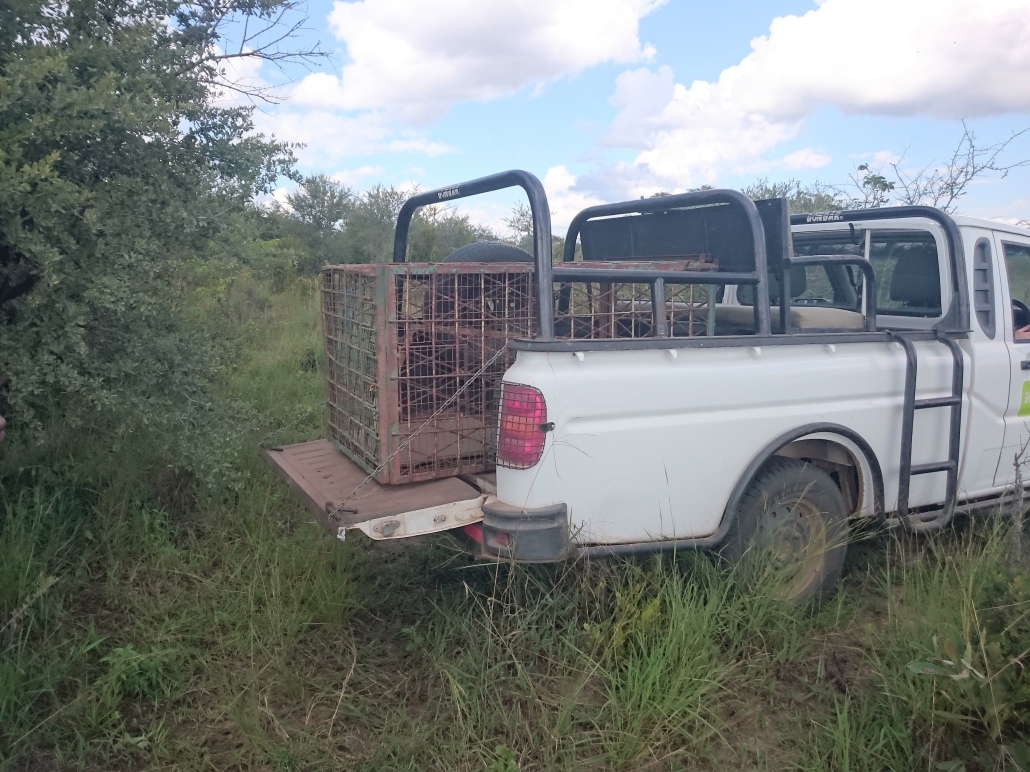

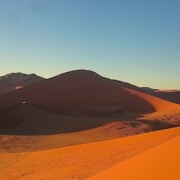
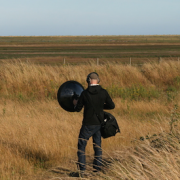

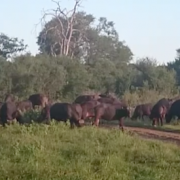


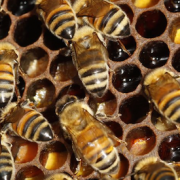


Great story!
Wonderful recordings! I could see infront of my eyes how some of the animals were moving around. It would be most interesting to include these links on my soundblog page.
Hi Arnthor, thank you for listening and your comments. You are of course most welcome to include links on your blog to these recordings.